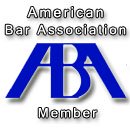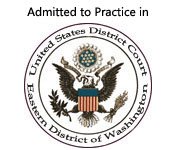Ask an Attorney a Question for FREE!
State Accident Law
This analysis will tell you what you need to prove
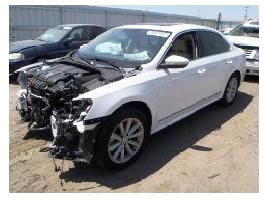
You must determine the state accident law applicable to the accident before you address fault. Knowing the exact language of the law will help you find out exactly what you have to prove.
Attorneys use state law as a strategic defense. They look at all the factors of negligence first, and then they decide if the state regulations could diminish their client’s responsibility for the accident.
Adjusters or insurance companies approach the accident the opposite way. They look at state accident laws before they determine fault.
Why? Because if you approach the accident this way you are looking for a target, something you have to prove.
For example, South Dakota has accident laws that are very similar to the concept of Contributory Negligence (it will be explained below).
In South Dakota, SLIGHT NEGLIGENCE BARS RECOVERY. Let us say you and I get in an accident and I do not stop at the stop sign and you do not see me until it is too late.
My adjuster will argue to you that your failure to see me was slight negligence on your part, therefore barring you from any recovery for your damages. Note that we are talking about property and injury damages. The dispute is more or less what constitutes “slight” negligence.
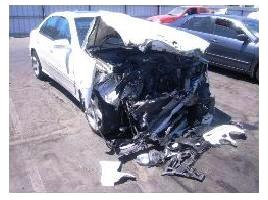
In the example above, adjusters know that the best way to approach the accident above is to prove slight negligence somewhere, so they put all their investigation efforts to show that.
An attorney sees all the negligence first and then makes a decision of who she thinks is more negligent and then looks at state law for defenses.
Each state has their accident laws that modify the way negligence or fault is compensated.
The negligence analysis does not change. This is the analysis that case law in the United States has established (duty, breach, causation, and damages). However, once there is negligence, states are free to decide how to handle the compensation system.
There are three main systems or frameworks that states follow. Make sure you know which one your state follows. This can dramatically change the way your claim is handled and decided upon.
Contributory Negligence
The only state that follows this legal pattern is South Dakota, unless your “contribution” to the accident rises to the level of “Assumption of the Risk.“
When a person gets in a car race or some kind of speeding contest, their negligence is such that it can be argued that they assumed the consequences. This theory is often called “Assumption of the Risk.”
For example, if you try to negligently pass a vehicle causing an accident, then you could be considered contributory negligent. It would bar your recovery. You assumed the risk when you tried to pass negligently.
Pure Comparative Negligence
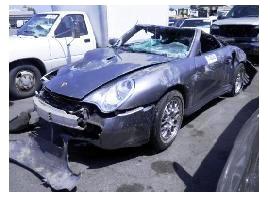
Under this system, the law will reduce the amount you can recover by the amount of negligence you caused.
Let’s say that you are 50% negligent for the accident. You will have to pay for 50% of damages and you will be entitled to recover for 50% of your damages.
This sound silly, why would you want to pay 50% to get 50%? Well, your damages might be a lot more than the other person’s. If your damages are $10,000 and the other person’s are $2,000, then you must pay $1,000 (50% of $2,000), and you are entitled to receive $5,000 (50% of $10,000). Remember that payment for your injuries and damages is a function of percentage of negligence + monetary value of those damages.
Modified Comparative Negligence
This category is subdivided into two: as great as and greater than. You need to know the exact division of your State.
As great as:
As great as comparative negligence: if your negligence is as great as someone else’s, then you are entitled to recovery.
So if there is a 50% split, you both recover.
How is this different from Pure Comparative negligence? If there are three vehicles, you can only recover from people that have the same amount of liability as you or more.
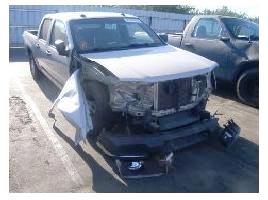
If there is a split decision of 30%, 20%, and 50%, the 50% party would have to pay to both parties for 50% of their damages.
The 30% party can recover 50% of his damages against the 50% at fault party, but would be barred to recover from the 20% because that party did not have negligence as great as hers.
Greater than:
In these jurisdictions you can only recover against people that have greater negligence than you.
In a situation where there is a 50% split, no one can recover against each other because no negligence was greater than the other party.
This means that the adjuster will try to prove that you were 51% negligent, that way he can seek some recovery from you.
Traffic Ticket eBook
Speeding Ticket eBook
Determining fault for the accident
Driver DUTY
Rules of the Road of your State
Driver BREACH
CAUSATION
DAMAGES
State Accident Law
|
For a Free Review of Your Case
Please Call (866) 878-2432 |
